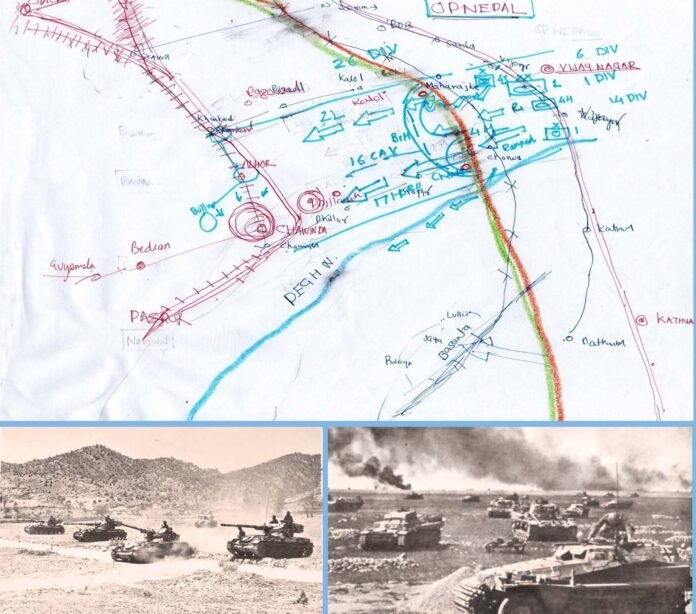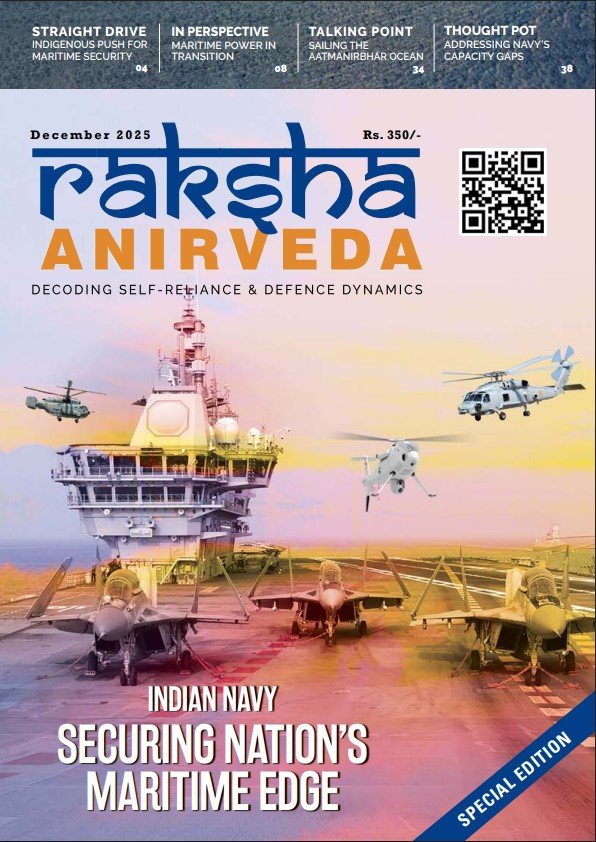After the debacle of the China War of 1962, the then Indian PM Pandit Nehru realised that Indian defence forces required an overhaul and up-gradation. The first to be sacked was Defence Minister Krishna Menon and Yashwant Rao Chavan was in his place.
Army Chief, General P N Thapar resigned and General Jayant Nath Choudhary was nominated as new COAS. Centurian Mk 7, Folland Gnats, Hawker Hunters from Britain were procured. New Mountain divisions were raised. The army command structure in 1965 was divided in to four operational commands.
Lt Gen SHJF Manekshaw was the Eastern Army commander covering West Bengal, Sikkim, NEFA and other six north eastern states. Lt Gen Moti Sagar was Army commander, Southern Command covering all southern states and maritime assets. Lt Gen K Bahadur Singh was Central Army commander covering Uttar Pradesh and Bihar. Lt Gen Har Baksh Singh, Vrc was the Western Army Commander with largest and an active area of concern, spanning from Rajasthan, Punjab, Jammu Kashmir, and Himanchal. There was no Northern Command in 1965.
Pandit Nehru could not tolerate the back stabbing of Communist China and left for heavenly abode on May 27, 1964. A simple, honest, and short statured Lal Bahadur Shastri was sworn in as 2nd Prime Minister of India.
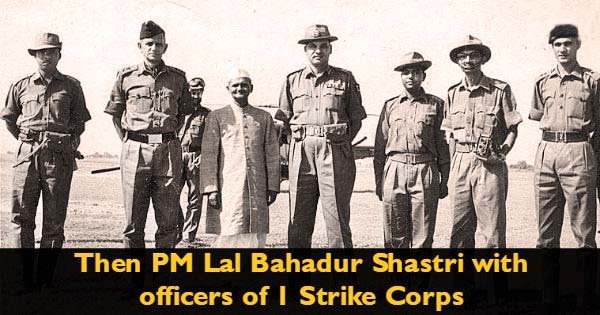
General Ayub Khan had taken over as President of Pakistan in 1958. Pakistan joined SEATO and CENTO, and was supplied with modern American weapons like Patton tanks, Sabre F 86, Star fighter F 104 fighters, 155mm SP artillery under mutual defence assistance.
Pak thinktanks concluded that it was the right time to achieve military solution to the Kashmir issue and humiliate India. Pakistan planned a two-phase Operation. Under Phase 1, named Op Gibraltar to infiltrate into India, Pak Army officers led battalion strength Razakar columns to foment unrest, arson and anti-India insurgency leading to a revolt. Under Phase 2, major offensive towards Akhnoor was launched through Chamb to threaten Jammu.
Pak thinktanks concluded in 1965 that it was the right time to achieve military solution to the Kashmir issue and humiliate India. Pakistan planned a two-phase Operation. Under Phase 1, named Op Gibraltar to infiltrate into India, Pak Army officers led battalion strength Razakar columns to foment unrest, arson and anti-India insurgency leading to a revolt. Under Phase 2, major offensive towards Akhnoor was launched through Chamb to threaten Jammu
Op Gibraltar launched in early August 1965 was a total failure as all locals did not support it. Operation Grand Slam was launched on September 1 with a division and two armoured regiments in Chamb–Jaurian sector. On September 2 by mid-day, Chamb was lost. On September 3, first light Pak armour, crossed Munawar Tawi River. On September 4, 1965, Jaurian had fallen after ferocious battle. Akhnoor Bridge on Chenab was just 8 kms away, when General Harbaksh approached Army Chief to permit offensive in Shakargarh bulge and in Punjab to relieve pressure in Akhnoor Jammu Sector.
COAS contacted the defence minister, who rushed to PM Shastri, who gave his concurrence immediately. Rest is history.
Op Nepal was launched in Shakargarh Bulge and Operation Riddle was initiated in Lahore-Kasur sector in Punjab. Ayub khan was shocked and ordered withdrawal of Pak forces from Chamb-Akhnoor sector to Pasrur and Lahore sector.
Shakargarh Bulge is an area located in Rachna Doab between Chenab to Northwest and Ravi to Southeast, intruding in-to India and extends from Jammu to Gurdaspur, about 150 km North to South and 100 kms in depth. The western base line of this area in Pakistan starts from Sialkot in North, Pasrur at centre and Narowal in south.
India launched Operation Nepal in Shakargarh Bulge and Operation Riddle was initiated in Lahore-Kasur sector in Punjab. Ayub khan was shocked and ordered withdrawal of Pak forces from Chamb-Akhnoor sector to Pasrur and Lahore sector
The important towns and villages in the bulge are Bagowal, Charwa, Mharjke, Chak Amru, Iklhaspur, Nainakot, Jassar along the IB. Shakargarh town is in the centre of the Bulge between Bein River and Basantar Nadi. Chawinda and Philurah are on Sialkot- Pasrur–Jassar Road. There is a railway line 35 km far from the IB, connecting Sialkot-Pasrur-Jassar to Lahore and a branch line connecting Shakargarh – Chak Amru from Jassar.
There are five rivers or nalas running north to south, namely, Aik Nala, Degh Nadi, Basantar Nadi, Kirur Nala and Bein Nadi. Towards the Indian side, Jammu is on the northern edge of the Bulge, Pathankot is due east and Dera Baba Nana is on the southern end, with a railway line and a highway running 15 km away parallel to IB Joining, Jammu to Pathankot and Gurdaspur to Jalandhar, almost in the foothills of Shivaliks. The water flows down from east to west and tribute Ravi. Shakargarh Bulge was of prime importance as it could be used by both countries as launch pads for an offensive.
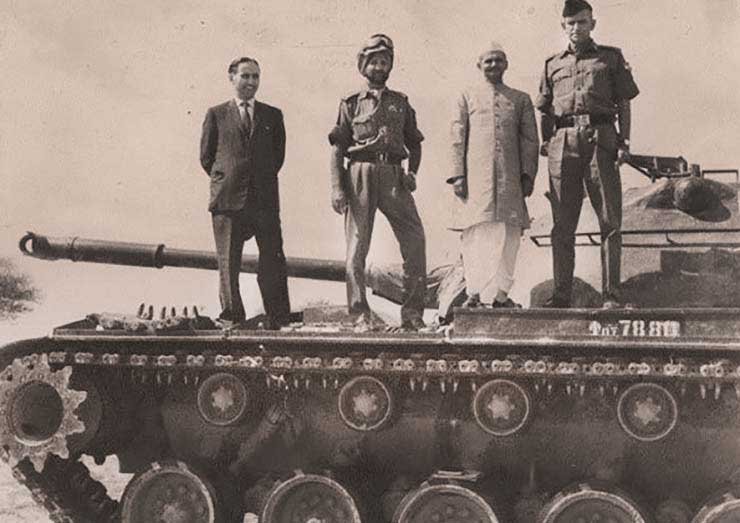
Operation Nepal was the counter-offensive launched by Indian Strike 1 Corps on September 7, 1965 to divert attention of Pakistan from Akhnoor-Jammu sector and draw its strategic reserves in Shakargarh Bulge.
Enemy was strong in Sialkot-Shakargarh sector. The forces under Pak 4 Corps were 6th Armoured Division (Maj Gen Abrar Hussian) with four M48 Patton regiments (10 Cavalry, 11 Cavalry, 13 Lancer, and 22 Cavalry).
The Infantry component was 15 Infantry Division (3 Infantry brigades and 3 Armoured units) and later reinforced by 7 Infantry Division (Four Infantry brigades and 33 Cavalry under command) also. 4 Corps Arty brigade and Division Arty units were also in range. Indian Strike 1 Corps was also equally strong. It had three Infantry divisions (26 Division, 14 Division and 6 Division) and Pride of India, Black Elephant Armoured division commanded by Major General Rajinder Singh Shergill (Sparrow) which had with two mobile brigades (1 Armoured brigade and 43 Motorised brigade).
Pakistan Armour counter-attacked from Wazir Wali. A ferocious tank vs tank battle took place. 10 enemy tanks were destroyed. Tarapore himself led from the front and controlled the battle. During the battle, he was severely wounded but he refused to be evacuated. For the conspicuous bravery, steel determination, and unparalleled valour, Lt Col AB Tarapore was awarded Param Vir Chakra posthumously
Strike 1 started rolling in to Shakargarh Bulge at 2300hrs on September 7, 1965. 6 Mountain Division crossed IB and 99 Brigade captured Charwa supported by 18 Cavalry and 69 Brigade with 62 Cavalry captured Maharajke Village in Phase 1 and Niwe Wains and Unche Wains and Bajragarhi in Phase 2. Bridge-head was secured by Mid-day of September 8. 1 Armoured division was at Ramgarh in Forward Assembly Area, which now moved-in to the bridge-head for breakout. 43 Motorised Brigade led by 62 Cavalry with 5 JAT moved on the Northern route to capture Bhagowal via Chanan Fatwal, Chak Atma Cross road, Sahlewal and 1 Armoured Brigade, led by 16 Cavalry and 17 Horse equipped with Centurion tanks moved onto the southern route to reach Philaura via Kangree, Sabazkot, and Chobara.
43 Motorised Brigade’s move was very slow as the route was boggy and going forward was not east for the Troop carriers. A new route was given and it reached Kalol by late evening of September 8. The brigade went in to Harbour at Nightfall. 35 Infantry Brigade was following-in support. By September 10, they reached Nathupur. Meanwhile, 1 Armoured brigade units were moving fast. 16 Cavalry faced enemy tanks and RCL fire at Gadgor and 17 Horse’s advance was also blocked by Pattons at Tharoh.
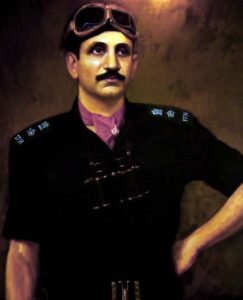
A tank versus tank battle commenced. The Indian tank-gunners had an upper hand, due to excellent training standards. PAF carried out heavy bombing in the broad day light. On September 9, 1 Armed Brigade concentrated at Rurki Kalan. 14 division also linked-up. On September 10, the battle of Philaura had begun. 17 Horse and 4 Horse (division reserves) isolated Philaura and 16 Cavalry, 62 Cavalry were facing Sialkot to meet enemy’s counter-attack.
Indians established at Libbe, Nathupur and Saboke line. Enemy Armour withdrew to Kalewali. 1 Armoured Brigade units scored 61 enemy tanks’ kills in battle of Philaura and 6 Indian Centurions were also destroyed by the enemy fire.
Philaura Tank battle is considered as one of the most ferocious since World War 2. On September 11, maintenance axis Sabzpur-Chobra-Gadgor-Philaura was opened and replenishment and repairs were carried out. Mirzapur and Zafarwal were also captured.
The next objective was Chawinda, which was heavily fortified. Simultaneously, a tank battle was in progress at Asal Uttar–Bhikkiwind, as Indian 2 Armoured Brigade was fighting pitched battle with Pakistan’s 1st Armoured Division blunting Operation Mailed-Fist.
43 Brigade had also by now reached Pagowal. Chawinda was surrounded from three sides by 4 Horse in North, 17 Horse from Northeast and 16 Cavalry from south. But Chawinda held on. Indian Armour Division was now leaning on railway line between Sialkot–Chawind –Pasrur section. On September 16, 17 Horse was tasked to capture Chawinda from rear. 17 Horse boldly led by Lt Col A B Tarapore reached Butar Dograndi.
The 1st Armoured Division decimated the myth of US Patton tanks, by destroying 100 plus US made M47/48 tanks in armour battle at Philaura-Chawinda and captured 5,000 square kms of the enemy’s heartland
Pakistan Armour counter-attacked from Wazir Wali. A ferocious tank vs tank battle took place. 10 enemy tanks were destroyed. Tarapore himself led from the front and controlled the battle. During the battle, he was severely wounded but he refused to be evacuated. After the battle, he got down from the tank, but was fatally wounded by a direct artillery shell hit. Poona Horse under his command decimated an entire Pakistani regiment. For the conspicuous bravery, steel determination, and unparalleled valour, Lt Col AB Tarapore was awarded Param Vir Chakra posthumously.
A ferocious battle also took place for Chawinda in which 14 Division, 6 Division and 1 Armoured Brigade were involved on September 17-18. 200 Pak troops were killed and more than 20 tanks were destroyed. The final salient captured area was from MS 8, Tilakpur, Muhammadpur, Chnan, Sabzpur Wazirwali, Pagowal, Rurki Kakan, Alhar railway station, Philura, Jaasarn.
Most of the battle was fought around Chawinda between Jammu–Sialkot Road in North and Degh Nadi in the South. All guns fell silent on September 23 1965. 1st Armoured division could only advance approximately 40 kms in 15 days against heavy opposition but decimated the myth of US Patton tanks, by destroying 100 plus US made M47/48 tanks in armour battle at Philaura-Chawinda and captured 5,000 square kms of the enemy’s heartland.
-The writer is an Indian Army veteran and a defence analyst. He has keen interest in Geo-strategic affairs and writes regularly on internal and external affairs issues related to India and neighbours. The views expressed are personal and do not necessarily reflect the views of Raksha Anirveda

